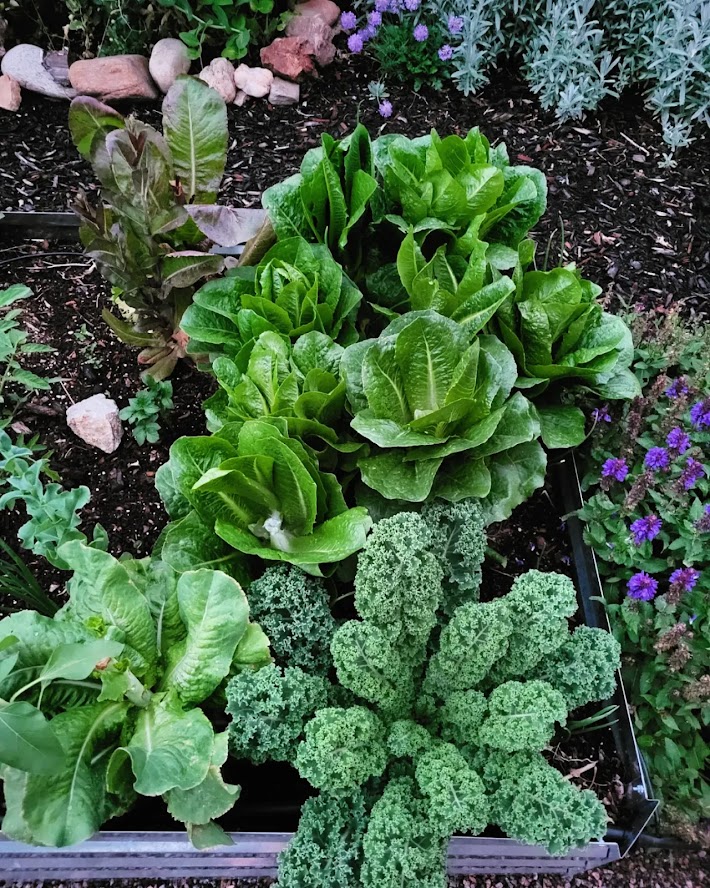
Today, kale is grown as much for ornamental purposes as it is for a vegetable and plate garnish. The most common vegetable kale grown in America is the frilly, blue-green type. Typical varieties include Vates Dwarf Blue, Scotch Curled and Squire. Other culinary kales are frilly and blushed with red. Common varieties include Ragged Jack, Russia Red and Winter Red.
Is kale a good plant for a garden?
In the past, ornamental types of kale were produced primarily by Japanese breeders. But their shocking colors are becoming as much a part of fall gardens in Colorado as mums and pansies. The Japanese refer to these new hybrid varieties as “ha-botan” or leaf peonies. They’re uniform in size, color and growth rate. There are crinkle-edged types like Nogoya hybrid, feather-leaf types like Red Peacock, and round-leaf types like Tokyo hybrid. Each type may have a red, pink or creamy white center.
How should I plant kale?
Kale grows best in cool weather. If you live along the Front Range, plant in June or July if you want a fall crop. Spring planting produces a tough midsummer harvest. Plant ornamental kales 75 days before cool nights are expected. Adequate moisture and a fertile soil produce the best results. Kale is very cold tolerant and often can be harvested right up until Christmas.
For more information, see the following Colorado State University Extension fact sheet(s).
- Choosing a Soil Amendment
- Vegetable Planting Guide
- Vegetable Garden: Soil Management and Fertilization



